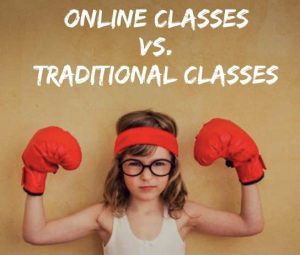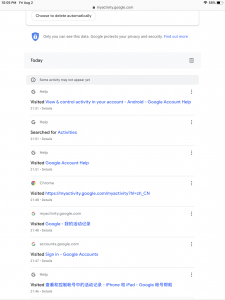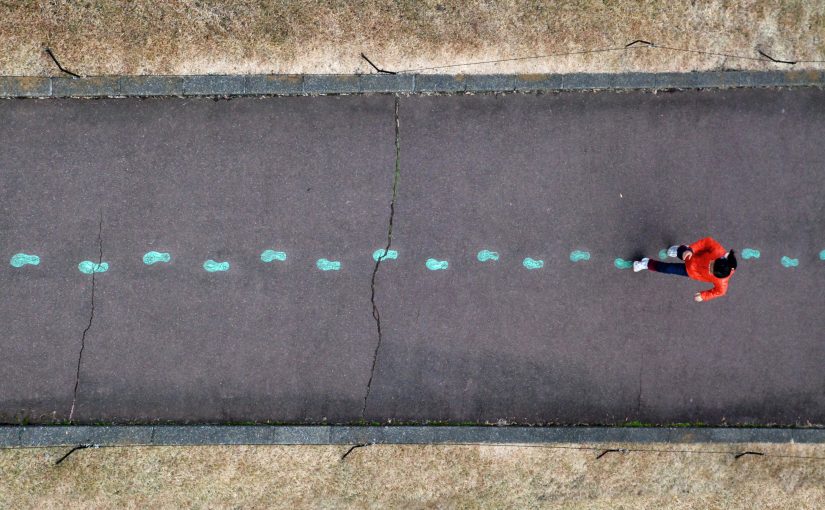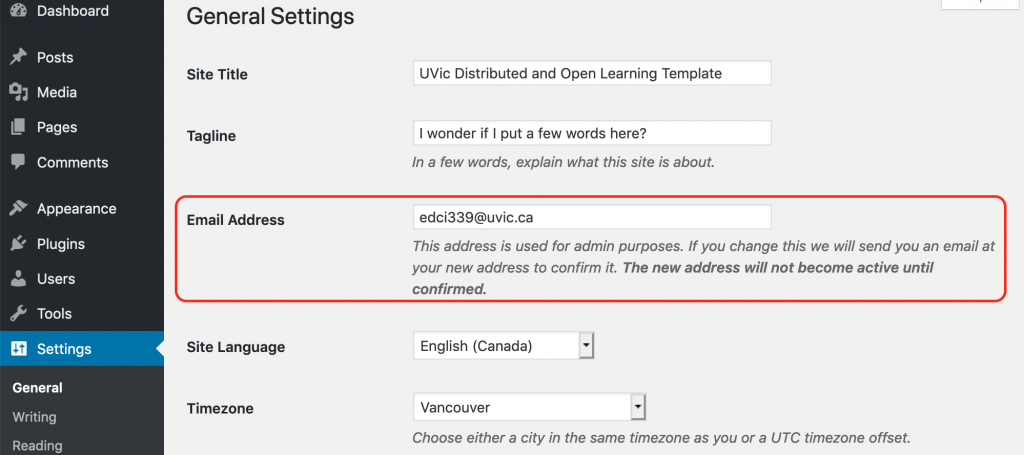Running head: SOCIAL LEARNING COMMUNITIES 1
Social Learning Communities
Mengyuan Yang
University of Victoria
Abstract
Online social learning communities are communities that explore and share this knowledge using the emerging technologies. They include Khan Academy, Peer 2 Peer University (P2PU), Smarthistory, MIT’s OpenCourseWare, and Udacity among others. The benefit of these type of learning is that it promotes inclusivity and accommodation of all learning styles, education needs, native abilities, all skills sets, and personalities. However, there are various challenges and issues related with online learning communities. The most common challenge in this kind of learning is isolation of online social learning community members during the learning process. Some of the causes of isolation include difficulty in using some technologies involved in online learning and lack of interaction with other learners as they had been used to during physical learning. This paper recommends that collaborative learning be improved to increase interaction between students. The paper also recommends the promotion of literacy of the technology. Finally, distractions should be minimized and learning enhanced through liveliness.

Social Learning Communities
Introduction to the Problem
In the current information age, the desire for knowledge is driven by the diverse emerging and contemporary technologies of the 21st century. Knowledge is known to cross all barriers, and numerous communities have emerged to explore and share this knowledge using the emerging technologies (Bates, 2019). Communities often referred to as social learning communities are increasingly finding ground through online platforms. Among the most common online social learning communities include Khan Academy, Peer 2 Peer University (P2PU), Smarthistory, MIT’s OpenCourseWare, and Udacity among many others. These communities are gaining popularity due to their inclusivity and accommodation of all learning styles, education needs, native abilities, all skills sets, and personalities. However, the growth of online social learning communities introduces various problems that might challenge learning. One of the challenges with online social learning communities is the feeling of isolation or loneliness among students. This is primarily due to the lack of physical engagements with the rest of the community during learning. Another challenge with online social learning communities is the distraction that might be experienced as students acquire knowledge. Normally, the traditional brick-and-mortar classrooms cater for such due to the presence of a physical tutor who monitors and controls the external factors that might cause the distractions. Meeting the challenges posed by isolation, distractions, and recommendations are made to increase the collaboration among learners and to make online learning more lively through graphics and similar features.
Review of Literature
According to Major (2015), a community gives us the privilege of being close to people who have like-minded interests and through that our own experiences and beliefs are verified. Besides, joining in a community is known to bring in a sense of belonging and identity. Before the advent of technology, such communities were always ‘onsite’. According to Major (2015), ‘onsite’ communities are those that involve physical gathering. However, technology has introduced another form of gathering which is hereby referred to be online or virtual community. In virtual community, the community gathers and shares ideas, experiences, and beliefs through online platforms (Major, 2015). Major (2015) states that such communities overcome the barriers to entry and inclusivity which are common problems with physical communities. Kebritchi, Lipschuetz, and Santiague (2017) find that online social learning communities have altered how higher education is undertaken in the 21st century. The researchers find that online learning has numerous opportunities which has increased its adoption globally. Furthermore, online social learning communities minimize the financial burden associated with the traditional brick-and-mortar learning in a classroom (Kebritchi, Lipschuetz, & Santiague, 2017). However, Kebritchi, Lipschuetz, and Santiague (2017) find that this kind of learning raise serious questions on the quality of education offered. The quality of online learning through online social learning communities is affected by issues which include technology differences, communication issues, pedagogy, time management, and assessment (Kebritchi, Lipschuetz, & Santiague, 2017). Due to these, issues either due to the learner, the content, instructors, or institution support arise which challenge these communities. According to Cox (2012), Issues in online learning mostly arise due to the ever changing technologies that introduce variability in the quality of learning within one online social learning community. For instance, some learners might have more IT literacies than other learners which might provide them with an unfair advantage over learners in the same social community. Chou and Tsai (2002) focus on the difficulties that curriculum designers and teachers face while creating a web-based curricula based on the existing frameworks of brick-and-mortar learning. Markova, Glazkova, and Zaborova (2017) found issues with communications patterns and effective teaching practices to be the main challenges in online learning. Arasaratnam-Smith and Northcote (2017) tend to redefine the face-to-face communication in the context of an online social learning realm. The authors attempt to explain how the uniqueness of online social learning communities are advantageous compared to physical learning. Finally, Gillett-Swan (2017) states that various barriers exist with online learning include participation barriers and the need for instructors and academic staff to undergo higher levels of technological competencies needed to teach through online platforms.
Discussion of the Problem in Light of the Literature

While reviewing the different literature sources that contribute to online social learning communities, at least each source mentions some challenges brought up by the new approach to learning. A common barrier is mentioned by almost all the reviewed sources. This involves the isolation of online social learning community members during the learning process. Gillett-Swan (2017) mentions that learners feel and experience isolation which might limit their full participation to the online social community learning. According to Gillet-Swan (2017), isolation occurs due to a combination of reasons which include the difference in using the technologies involved and the fact that the learners have to multitask while learning. Arasaratnam-Smith and Northcote (2017) also mention that isolation is a significant problem among online social learning as some of the learners experience lack of belonging. This idea is also shared by Markova, Glazkova, and Zaborova (2017) who find that online environments attract the feelings of confusion, isolation, and frustration which minimizes the effectiveness and overall satisfaction of online learners. Kebritchi, Lipschuetz, and Santiague (2017) list isolation as a significant learner’s identity issue where members of the online social community feel disconnected while participating in the learning process. Finally, Major (2015) affirm that online courses can leave learners feeling isolated and alone which contrasts the aspect of socialization which is entailed by the norms and ideologies of a community. It is, therefore, ironical that online social learning communities, which are expected to provide members with a sense of belonging, end up contributing to feelings of isolation and lack of identity.
Summary, Conclusion, and Recommendations
Online social learning communities would be expected to improve and maintain the feelings of identity and belonging in members as normal physical social communities. However, research reviewed in this essays shows that this is never the case. In developing recommendations to counter this barrier to online learning, it is important to understand issues that cause learners or members of online social learning communities to become isolated. One of such issues is the difficulty in using some technologies involved in online learning (Gillett-Swan, 2017). Another cause of the disconnect is the lack of interaction with other learners as they had been used to during physical learning (Major, 2015). Kebritchi, Lipschuetz, and Santiague (2017) explained that the social constructionist perspective dictates that learners create their identities when they interact with others within the same group. Moreover, Markova, Glazkova, and Zaborova (2017) stated that ICT has an enormous interactive potential which is underutilized by the designers and instructors of the online social communities.
Giving the issues that cause or evoke feelings of isolation in an online social learning communities, the following recommendations are developed:

- Enhancing collaborative learning – According to Major (2015), collaborative learning allows the learners to work with each other. While learners might be aware that there are other users in the same boat with them, some online social learning platforms are not designed to allow interactions among users. Designers and instructors of online social learning platforms should understand that online students value interactions significantly. Most importantly, online students always look forward to forming relationships with their peers just as in an ordinary physical learning setting. This is based off social constructionist perspective where interactions between people within the same social group lead to constructive identities (Kebritchi, Lipschuetz, & Santiague, 2017). When students within an online social community are allowed to interact, their individual overall experiences are improved. Rather than viewing themselves as isolated, they start viewing themselves as part of a larger interconnected community working towards a common goal. Markova, Glazkova, and Zaborova (2017) also promote the need for interaction between individual participants of online courses in addition to the instructor-student interactions. As such, students or users of the online learning community should be integrated into the instructional design rather than just delivery (Markova, Glazkova, & Zaborova, 2017). The instructor could support such interactions by including more online discussions and engagements than in physical learning settings.
- Promoting literacy of the technology – All users of online social learning communities must understand and be able to use the technology appropriately. Designers should ensure that the platform is easy to use for the intended learners. Also, instructors should ensure that all learners are well oriented with the system before learning commences.
- Minimizing distractions and enhancing learning through liveliness – According to Gillettt-Swan (2017), isolation among users of online social learning communities can be minimized by minimizing distractions. As such, students have to nominate days and hours which they would participate in online learning just as in physical learning. This would ensure minimal distractions from other factors unrelated to the learning. Kebritchi, Lipschuetz, and Santiague (2017) mentioned that learning can be enhanced through three instructional design approaches. They include the focused-more-is-more, more-is-more, and less-is-more. These instructional approaches are aimed at countering the difficulties among the learners in using the online platforms. In focused-more-is-more, learners are provided with more time to study and understand the materials. Further, graphics and similar features are provided to assist them to understand difficult content. More-is-more involves including multiple features and graphics that make learning exciting. This will also increase the motivation among the students. In less-is-more, the instructor understands that more features and graphics might evoke distractions. As such, extraneous materials are eliminated or reduced to minimize distractions in the learning process.
References
Arasaratnam-Smith, L., & Northcote, M. (2017). Community in online higher education: challenges and opportunities. The Electronic Journal of e-Learning, 15(2), 188-198.
Bates, T. (2019, June 24). Back to the Future: open pedagogy, learning design, and ETUG’s 25th anniversary conference. Retrieved 12 August 2019, from https://www.tonybates.ca/2019/06/24/back-to-the-future-open-pedagogy-learning-design-and-etugs-25th-anniversary-conference/
Chou, C., & Tsai, C. (2002). Developing web-based curricula: Issues and challenges. Journal of Curriculum Studies, 34(6), 623-636. doi: 10.1080/00220270210141909
Cox, M. (2012). Formal to informal learning with IT: research challenges and issues for e-learning. Journal of Computer Assisted Learning, 29(1), 85-105. doi: 10.1111/j.1365-2729.2012.00483.x
Gillett-Swan, J. (2017). The Challenges of online learning: Supporting and engaging the isolated learner. Journal of Learning Design, 10(1), 20-30. doi: 10.5204/jld.v9i3.293
Kebritchi, M., Lipschuetz, A., & Santiague, L. (2017). Issues and challenges for teaching successful online courses in higher education. Journal of Educational Technology Systems, 46(1), 4-29. doi: 10.1177/0047239516661713
Major, C. H. (2015). Teaching online: A guide to theory, research, and practice. Baltimore, Maryland: Johns Hopkins University Press
Markova, T., Glazkova, I., & Zaborova, E. (2017). Quality issues of online distance learning. Procedia – Social and Behavioral Sciences, 237, 685-691. doi: 10.1016/j.sbspro.2017.02.043









